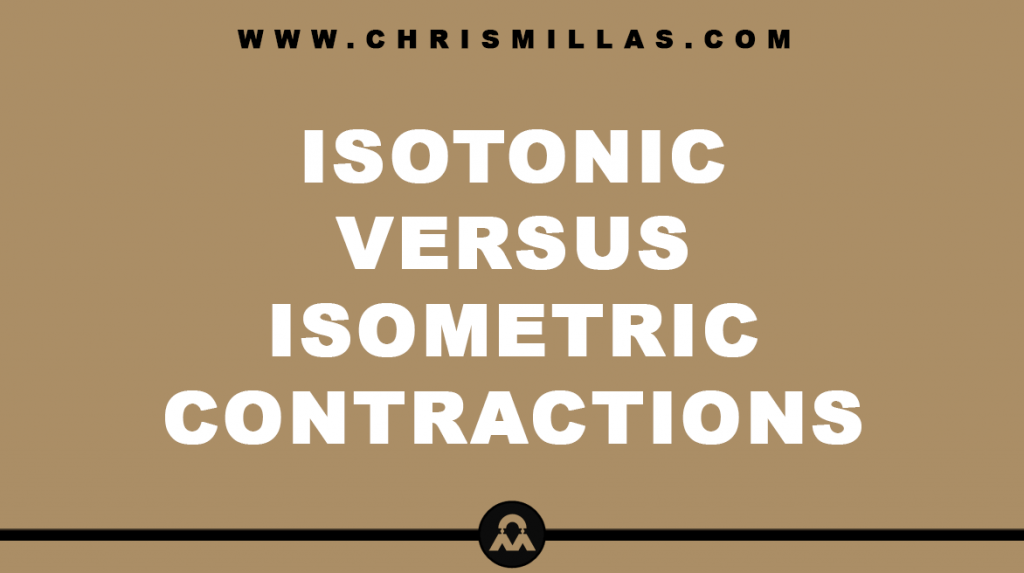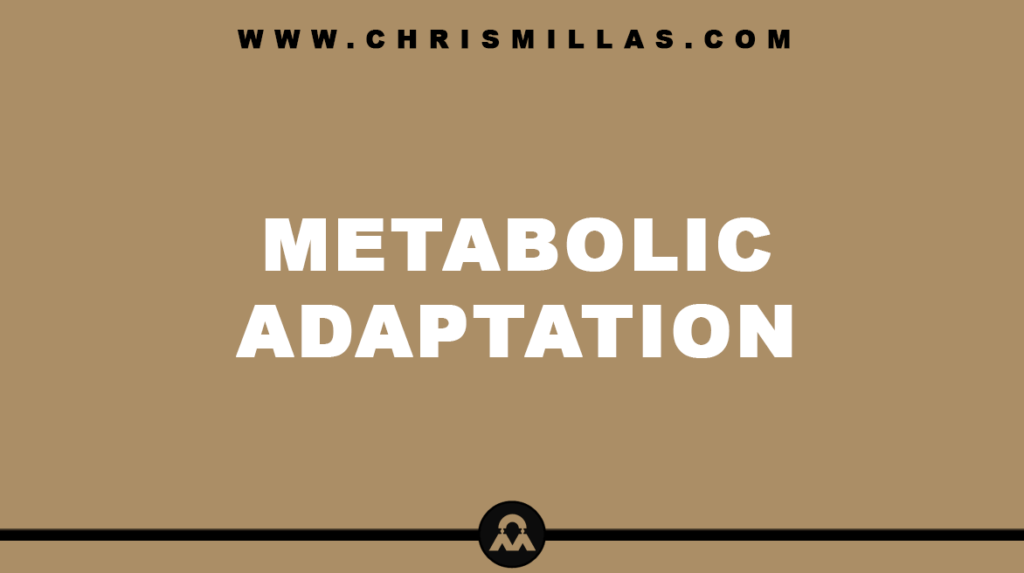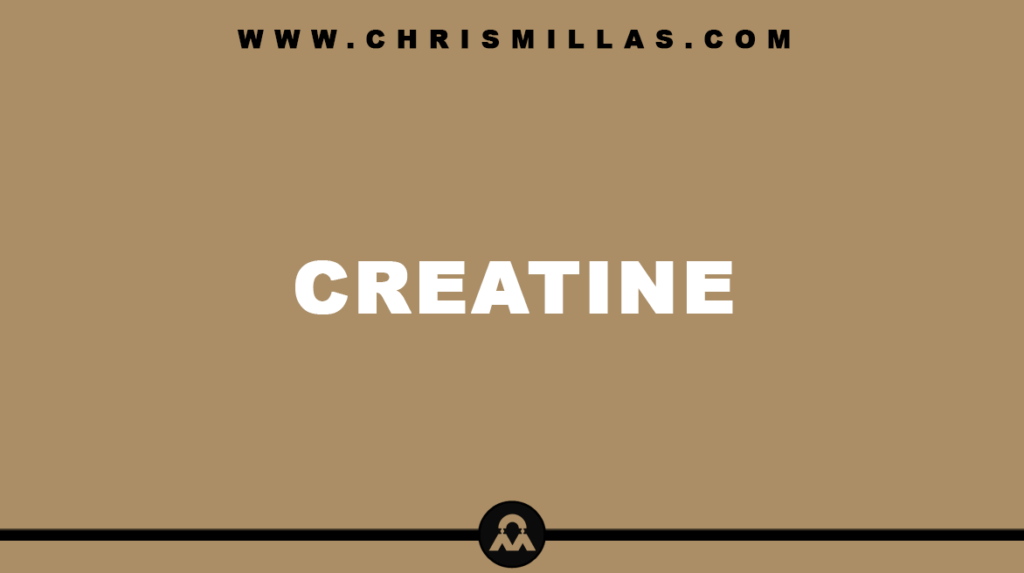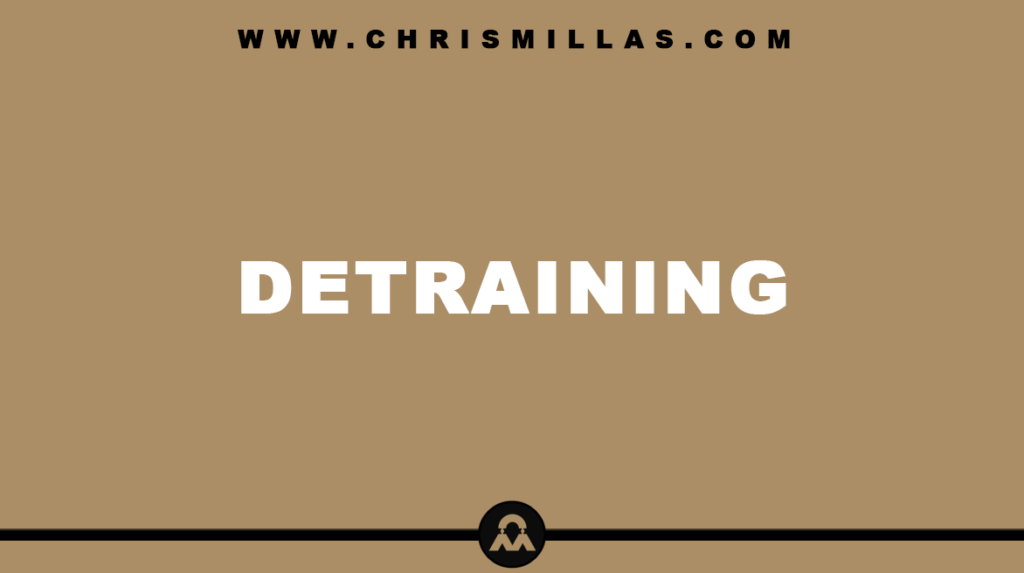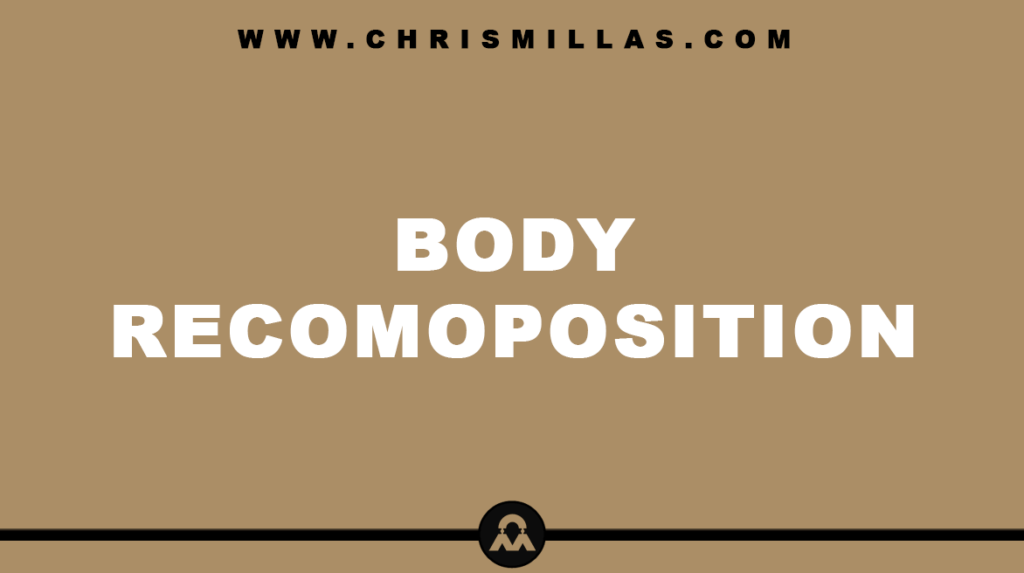In this post we’ll explore all you need to know about Isotonic and Isometric contractions by defining exactly what they are, the differences, which is most effective at maximising muscle growth and more.
Isotonic Contractions Versus Isometric Contractions
In order to create bodybuilding programs that maximise muscle growth, we must first understand the types of contractions by which muscle growth occurs.
The mechanisms for muscle growth fall into two broad categories: Isotonic Contractions and Isometric Contractions. Below we’ll unpack each of them in more detail.
- Isometric Contraction
An Isometric Contraction is a static action where the muscle contracts but there isn’t movement. Muscle fibres don’t change in length. Isometric contractions are static.
An example of an Isometric Contraction would be a plank. We are generally first-strongest during the Isometric phase of a movement.
- Isotonic Contraction
An Isotonic Contraction is a dynamic action where the muscle contacts and there is movement. Muscle fibres do change in length.
There are two forms of Isotonic Contractions: Eccentric and Concentric.
An Isotonic Eccentric Contraction occurs when the force generated by the muscle is less than the force generated by the weight. It involves the muscle lengthening. Isotonic Eccentric Contractions are negative.
An example of an Eccentric Contraction would be the downward phase of a bicep curl. We are generally second-strongest during the Eccentric phase of a movement.
A Isotonic Concentric Contraction occurs when the force generated by the muscle is greater than the force generated by the weight. It involves the muscle shortening. Isotonic Concentric Contractions are positive.
An example of a Concentric Contraction would be the upward phase of a bicep curl. We are generally third-strongest during the Concentric phase of a movement.
Which Technique Is Most Effective At Building Muscle?
Both Isometric and Isotonic movements are interrelated ― they feed off eachother.
Therefore, the key to maximising muscle growth is to incorporate both techniques into one’s workout program.
While ultimately the best strategy is the one that works for you, combining both Isotonic and Isometric movements is necessary for maximum muscle growth.
Summary
There are two primary techniques for activating and strengthening muscles: Isometric Contractions which are static movements and Isotonic Contractions which are dynamic movements.
While they each have their own unique benefits, incorporating both techniques into one’s workout program is the key to maximising muscle growth.
